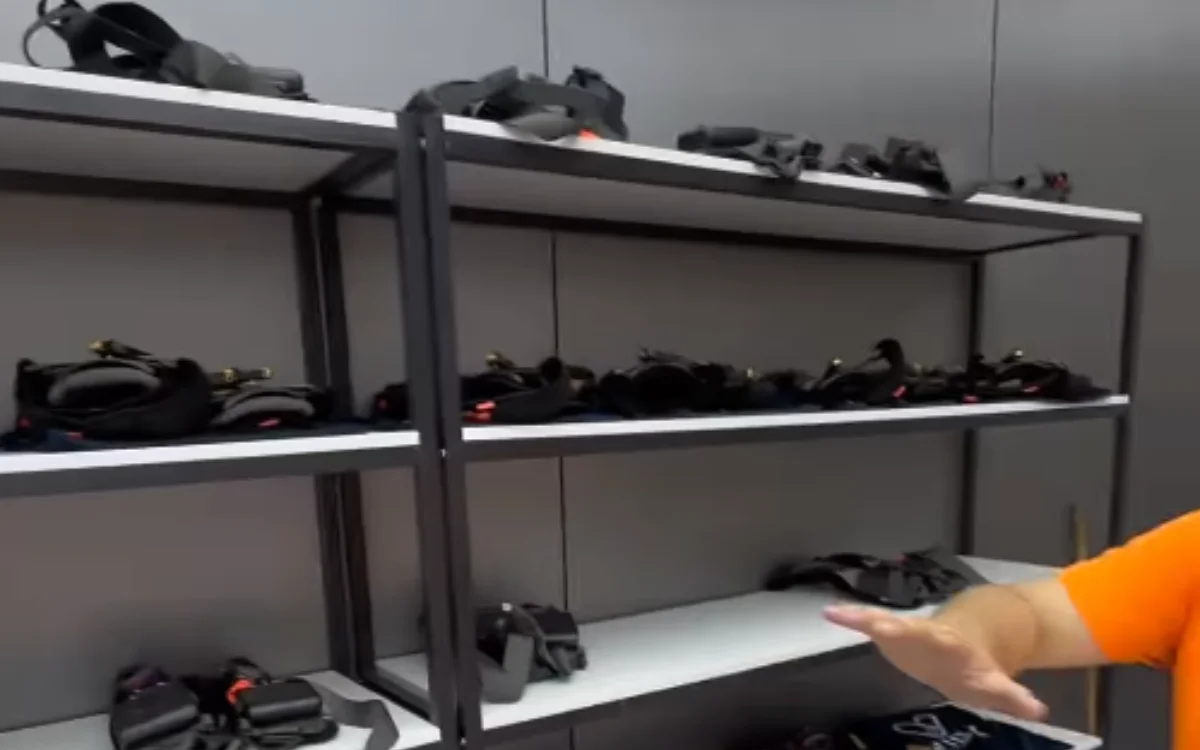Labubus have succeeded in every way that NFTs have failed
The post Labubus have succeeded in every way that NFTs have failed appeared on BitcoinEthereumNews.com. This is a segment from The Drop newsletter. To read full editions, subscribe. NFTs, meet the Labubu — your worst enemy. The possibility of crypto has long led artists to dream of creating characters that become universally beloved while also making a ton of money. It’s not an impossible fantasy. It’s at the heart of pretty much all NFT collections, and no matter what the creators say about their mission to build community, money is the bottom line. The blueprint for obsession already exists — look at Pokémon, My Little Pony, Yu-Gi-Oh!, Beanie Babies. People have proven they are willing to spend probably too much money and too much time collecting many versions of cute little things. That’s a given. And yet, essentially all NFT collections have failed at creating lasting public interest in their version of “cute little things,” perhaps with the exception of Pudgy Penguins and their Walmart plushies. But they’re clearly no Labubus. It’s so humbling to see a completely non-blockchain, non-NFT, non-crypto collectible do what NFT collections have been trying to do for years, essentially overnight. Labubus, sinister yet cute tiny monsters, were created by Hong Kong-Belgian artist Kasing Lung back in 2015. They only became the phenomenon they are today after partnering with toymaker Pop Mart for mass distribution in 2019. BlackPink’s Lisa (arguably one of the world’s largest popstars) wearing a Labubu on her purse in April 2024 did not hurt. What makes it such a laugh riot to me, an NFT skeptic, is that beloved worldwide phenomenon Labubus, physical plushies, can attribute their success to accidentally following the NFT “guide to success” that has failed so miserably with “digital” plushies. What’s that guide? Rarity, exclusivity, community. Labubus often come in “blind boxes,” meaning that it’s a crapshoot what your Labubu will look like. As Psychology…

The post Labubus have succeeded in every way that NFTs have failed appeared on BitcoinEthereumNews.com.
This is a segment from The Drop newsletter. To read full editions, subscribe. NFTs, meet the Labubu — your worst enemy. The possibility of crypto has long led artists to dream of creating characters that become universally beloved while also making a ton of money. It’s not an impossible fantasy. It’s at the heart of pretty much all NFT collections, and no matter what the creators say about their mission to build community, money is the bottom line. The blueprint for obsession already exists — look at Pokémon, My Little Pony, Yu-Gi-Oh!, Beanie Babies. People have proven they are willing to spend probably too much money and too much time collecting many versions of cute little things. That’s a given. And yet, essentially all NFT collections have failed at creating lasting public interest in their version of “cute little things,” perhaps with the exception of Pudgy Penguins and their Walmart plushies. But they’re clearly no Labubus. It’s so humbling to see a completely non-blockchain, non-NFT, non-crypto collectible do what NFT collections have been trying to do for years, essentially overnight. Labubus, sinister yet cute tiny monsters, were created by Hong Kong-Belgian artist Kasing Lung back in 2015. They only became the phenomenon they are today after partnering with toymaker Pop Mart for mass distribution in 2019. BlackPink’s Lisa (arguably one of the world’s largest popstars) wearing a Labubu on her purse in April 2024 did not hurt. What makes it such a laugh riot to me, an NFT skeptic, is that beloved worldwide phenomenon Labubus, physical plushies, can attribute their success to accidentally following the NFT “guide to success” that has failed so miserably with “digital” plushies. What’s that guide? Rarity, exclusivity, community. Labubus often come in “blind boxes,” meaning that it’s a crapshoot what your Labubu will look like. As Psychology…
What's Your Reaction?








































